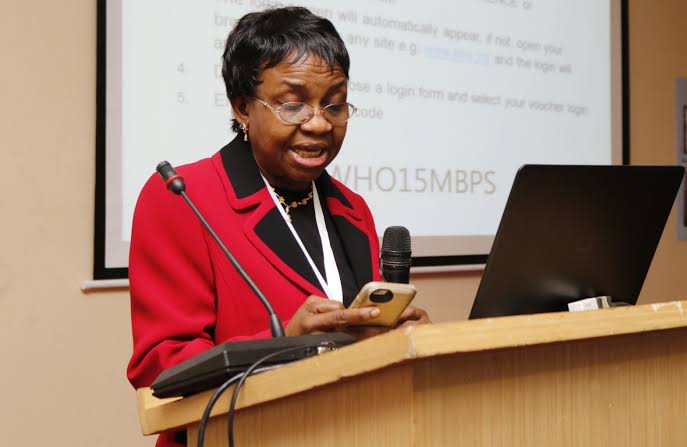NAFDAC Frets over Underreporting od Drugs Adverse Reactions

The National Agency for Food and Drug Administration and Control (NAFDAC) has expressed concern over the alarming rate of underreporting of adverse drug reactions in Nigeria.
According to Dr. Uchenna Elemuwa, Director of Pharmacovigilance at NAFDAC, the country reported a mere 4,600 cases in 2024, a far cry from the 46,000 expected by World Health Organization (WHO) standards.
Elemuwa emphasized the importance of pharmacovigilance, which involves monitoring the safety of drugs, particularly those that may not have been thoroughly tested in clinical trials involving African populations.
She stressed that patient safety is paramount and that healthcare providers must take responsibility for tracking the outcomes of medications they administer.
The NAFDAC director revealed that the agency has a national database, known as VigiFlow, for reporting adverse drug reactions and is part of the WHO’s global drug safety program.
She urged Nigerians to report any unusual symptoms or reactions to their healthcare providers or directly to NAFDAC, emphasizing that “what is not reported, does not exist.”
Dr. Odianosen Eliakhamen, Senior Medical Officer at the Nigeria Center for Disease Control (NCDC), also spoke at the event, highlighting the need for vigilance when it comes to traditional and herbal medicines.
He cautioned that even natural products can be harmful if misused and encouraged the public to report any adverse reactions.
Representatives from the National Primary Health Care Development Agency and other organizations also stressed the importance of trust in vaccine and drug safety.
Mr. Abdulazeez Yaliya, representing the agency, noted that prioritizing vaccine safety can increase public confidence and vaccination rates.
Dr. Segun Showande, Lead Scientist for the SLL project, emphasized that reporting adverse events is not limited to medicines, but also includes immunizations, blood products, and medical devices.
He noted that NAFDAC has provided multiple reporting channels, including a mobile app, paper forms, and electronic platforms, to improve access and accuracy.






